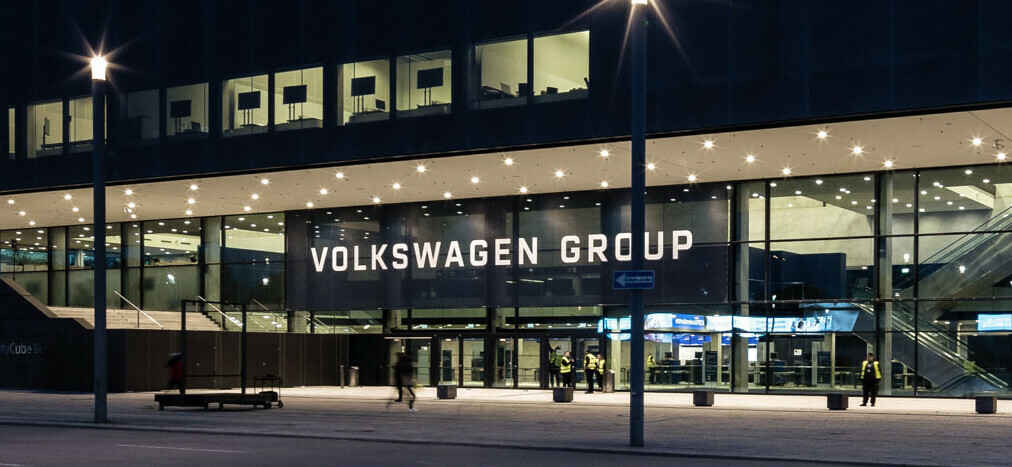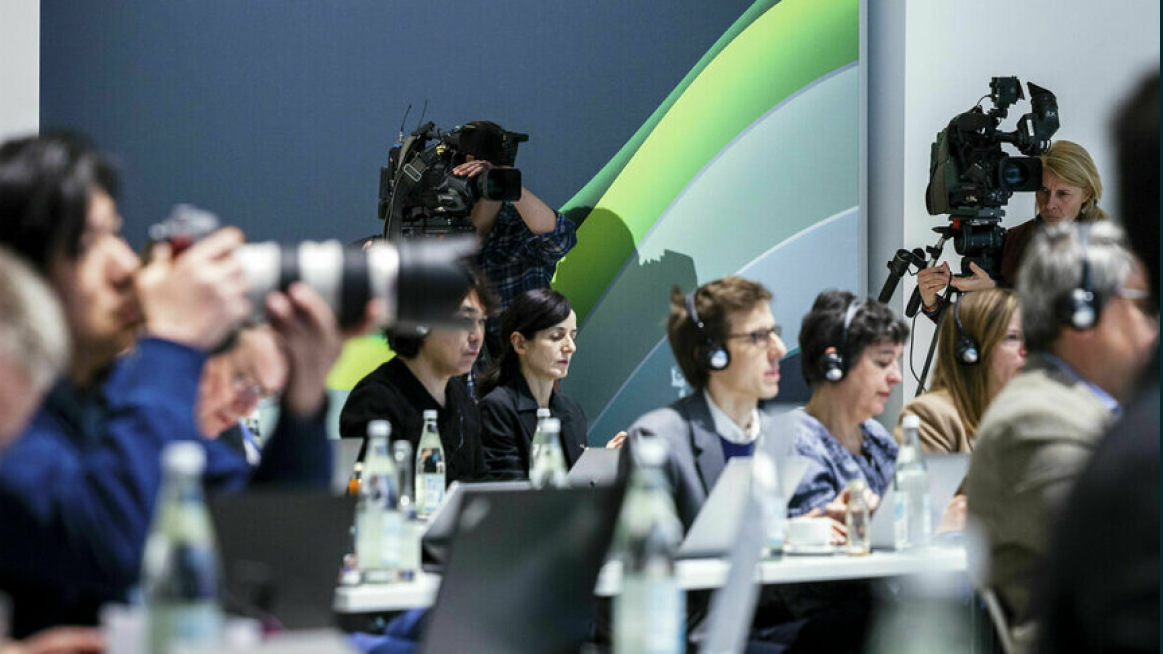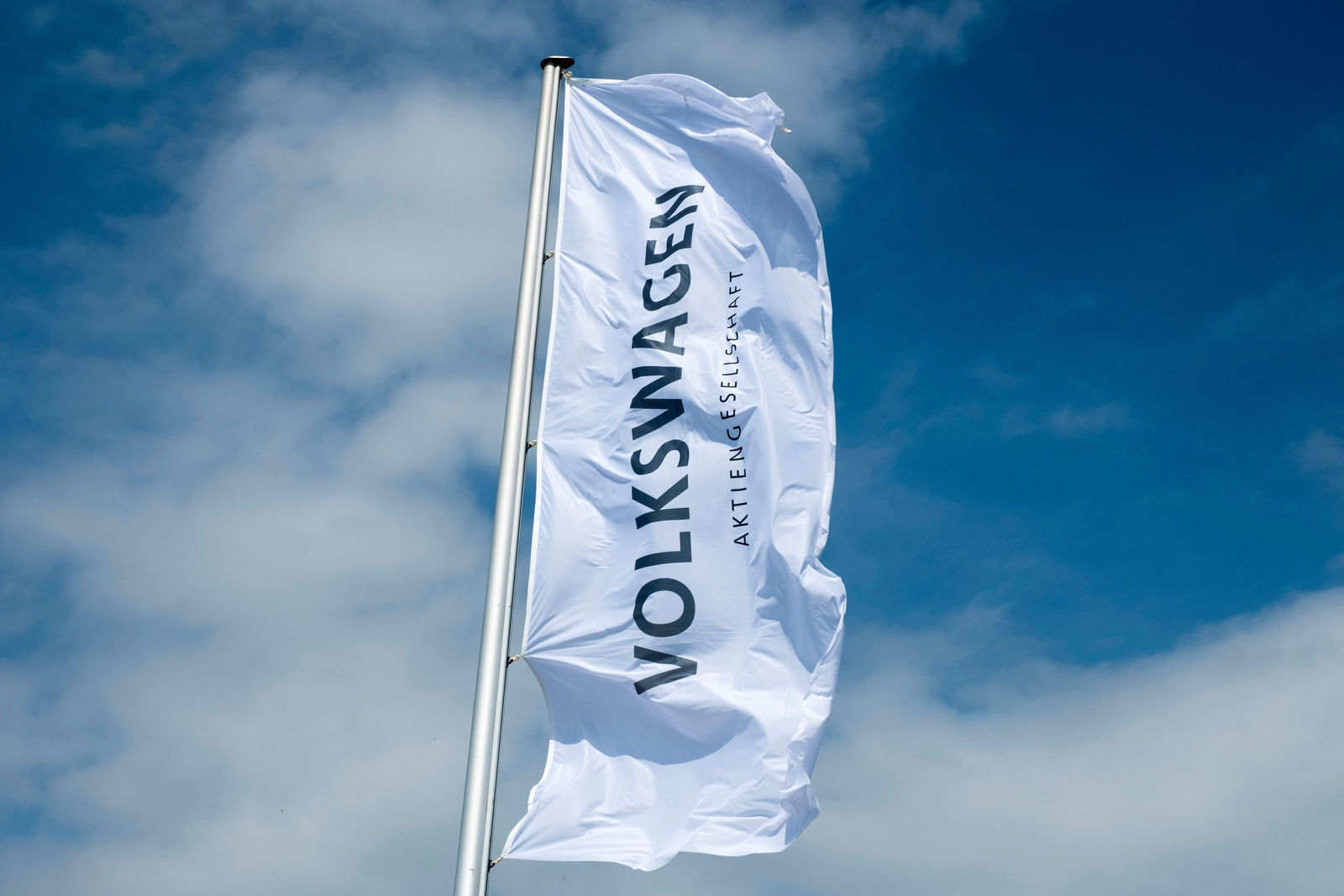Arno Antlitz, CFO of the Volkswagen Group, said: “Over the past two years, we have learned to better mitigate the impact of crises on our company. I am confident that we will make the best possible use of these experiences to stay on track in these difficult times. In 2021 we enhanced our overall robustness by achieving better margins, reducing overhead costs, lowering our break-even and keeping capex discipline. Our rewards were solid results and cash flows. At the same time, we made no compromise when it comes to future investments and moved ahead in becoming a sustainable, software-driven mobility provider.”
Due to the global semiconductor shortages, vehicle sales of the Volkswagen Group in 2021 declined by 6.3 percent to 8.6 million. However, the successful e-offensive continued to pick up speed with global deliveries of battery-electric vehicles (BEVs) almost doubled to 452,900 units. The Group is the European market leader for BEVs with a market share of about 25 percent and achieved the number two position in the key US market with about 7.5 percent. In China, 92,700 BEVs were delivered, more than four times the figure for 2020.
A better mix and favorable pricing were the key drivers for an improved revenue quality. As a consequence, sales revenue outperformed the reduced vehicle sales and was up 12.3 percent to EUR 250.2 (222.9) billion. The Volkswagen Group achieved a solid profit and margin despite having sold some 2.4 million vehicles less compared to 2019. Operating profit before special items almost doubled vs. prior year to EUR 20.0 (10.6) billion, which translates to an operating return on sales before special items of 8.0 (4.8) percent. The Volkswagen Group’s earnings before tax increased by 72.5 percent to EUR 20.1 (11.7) billion. The return on sales before tax came in at 8.0 (5.2) percent. The earnings after tax went up 74.8 percent to EUR 15.4 (8.8) billion.
The Automotive Division generated a strong net cash flow of EUR 8.6 (6.4) billion, an increase of 35.4 percent compared to the prior year. Net liquidity came in almost unchanged at EUR 26.7 (26.8) billion. However, this corresponds to an increase of more than EUR 5 billion since the end of 2019, despite the multitude of transformational steps that have been taken in this timeframe, including the acquisition of Navistar. As cornerstone for becoming a sustainable and software-driven mobility provider, the Group is investing in the extension of its capabilities in software development and autonomous driving, as well as the expansion of its portfolio of battery-electric vehicles. Thus research and development costs in the Automotive Division increased by 12.2 percent to EUR 15.6 (13.9) billion, with the R&D ratio remaining at 7.6 percent. Regarding capex, the Group kept a high discipline and managed to bring down the spending by more than EUR 500 million to EUR 10.5 (11.1) billion. This corresponds to a reduced ratio of capex to sales revenue of 5.1 (6.1) percent.
Outlook
The Volkswagen Group anticipates that, given the continuing challenging market conditions, deliveries to customers in 2022 will be 5 percent to 10 percent up on the previous year. This assumes that the Covid-19 pandemic will not flare up again and that shortages of intermediate products and commodities will become less intense. The 2022 fiscal year will continue to be affected by shortfalls in supply due to the structural shortage of semiconductors. The supply of semiconductors is anticipated to improve in the second half of the year, compared with the first half.
The Volkswagen Group expects the sales revenue to be 8 percent to 13 percent higher than the prior-year figure. In terms of operating result for the Group, an operating return on sales in the range of 7.0 percent to 8.5 percent in 2022 is forecasted.
In the Automotive Division, the R&D ratio is expected to come in at around 7 percent and the ratio of capex to sales revenue at around 5.5 percent in 2022. In the current year, the company anticipates that cash outflows resulting from diesel will rise and mergers and acquisitions will be on a level with the previous year. Including any cash outflows in connection with the EU antitrust proceedings against Scania, the net cash flow is expected to be in the same range as in the previous year. In 2022, net liquidity in the Automotive Division is anticipated to be up to 15 percent higher than the prior-year figure. The return on investment (ROI) is expected to be between 12 percent and 15 percent.
However, this guidance is subject to the further development of the war in Ukraine and in particular the impact on the Group’s supply chains and the global economy as a whole. At the time of preparing this outlook, there is a risk that the latest developments in the war in Ukraine will have a negative impact on the Volkswagen Group’s business. This may also result from bottlenecks in the supply chain. At the present time, it is not yet possible to conclusively assess the specific effects. Nor is it possible at this stage to predict with sufficient certainty to what extent a potential further escalation of the war in Ukraine will impact on the global economy and growth in the industry in fiscal year 2022.








